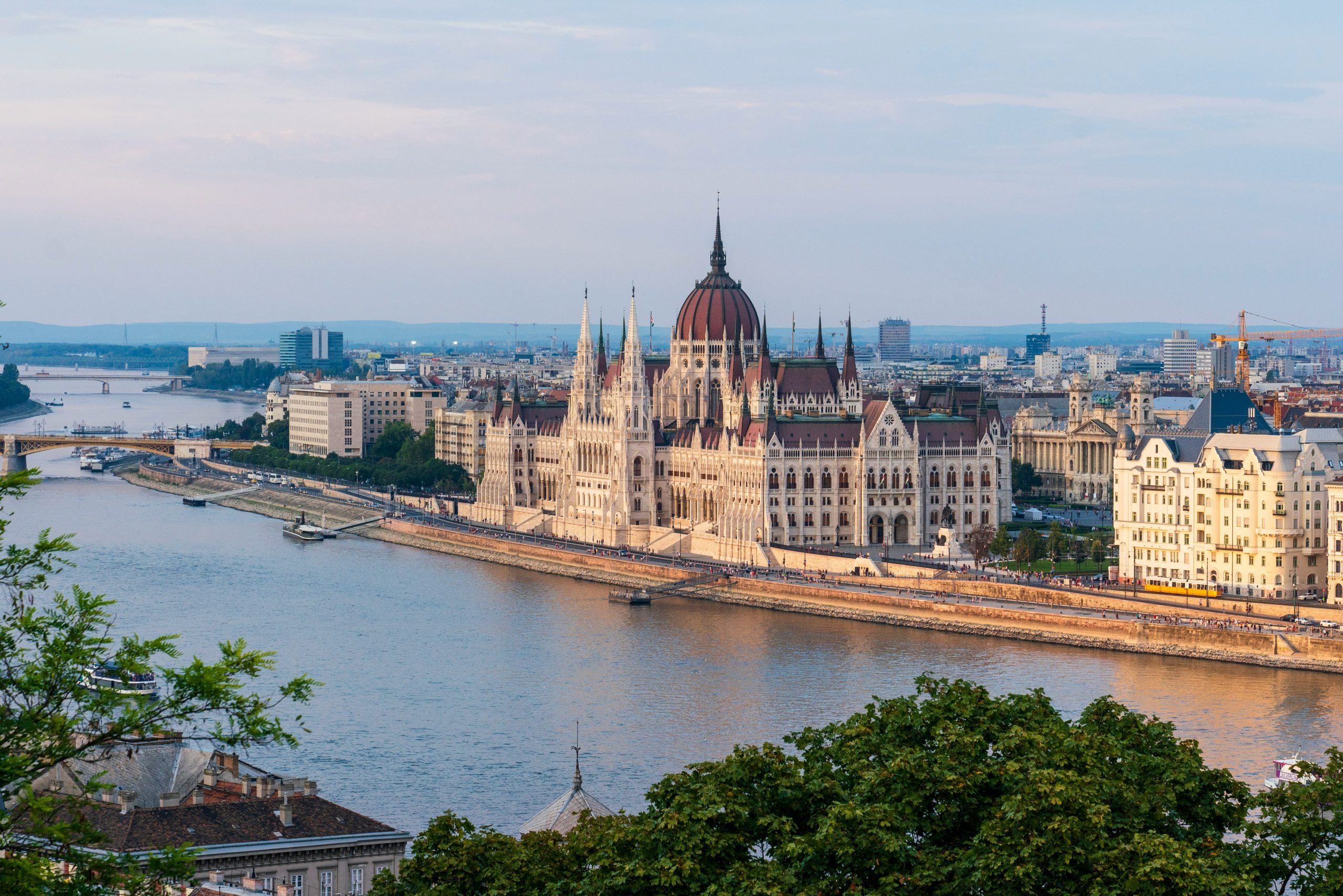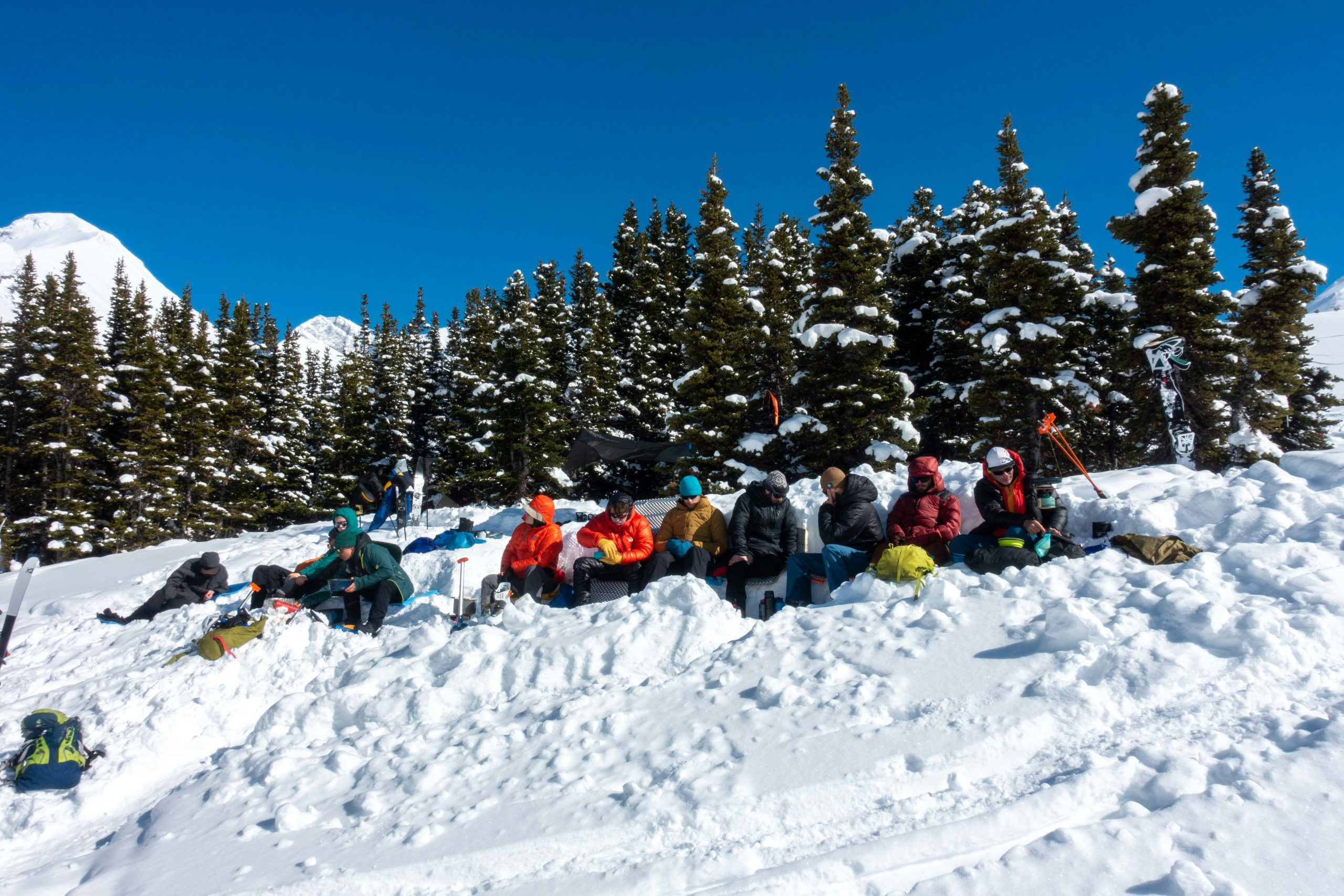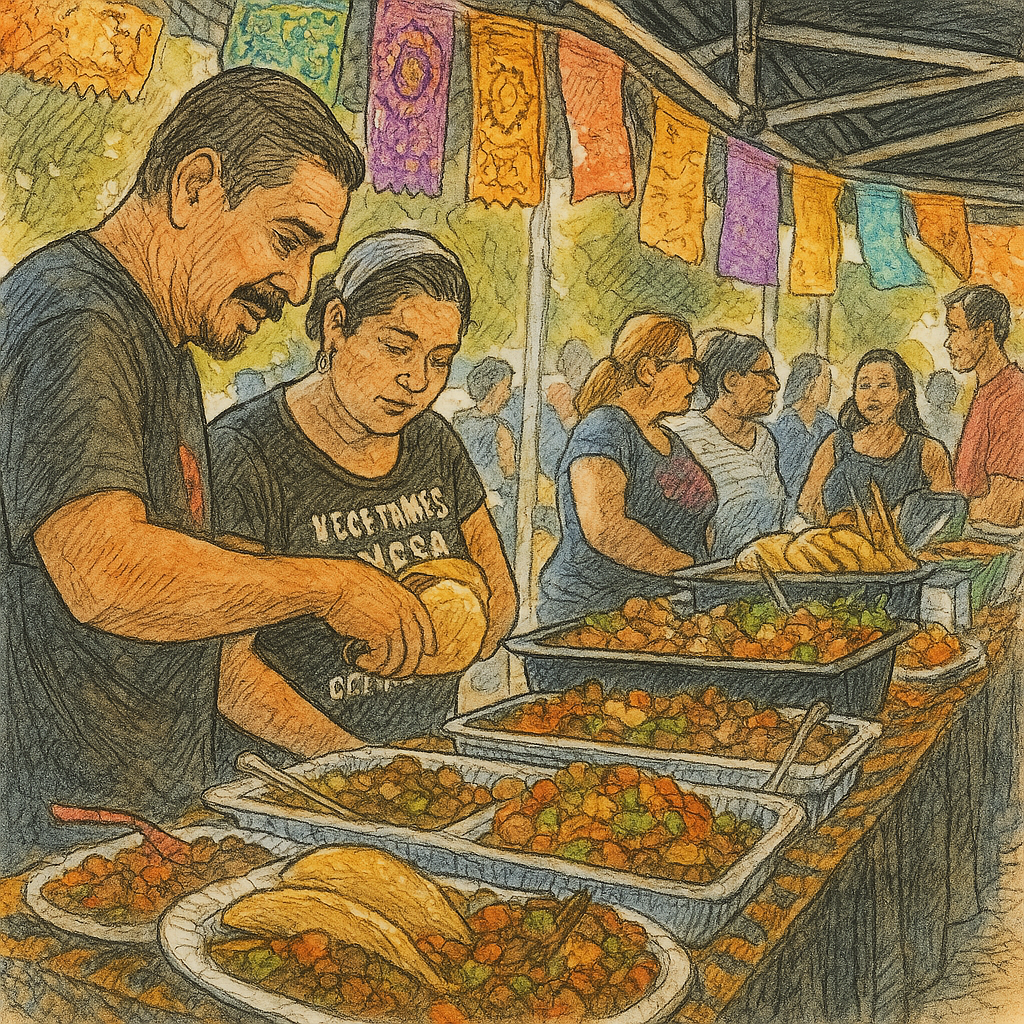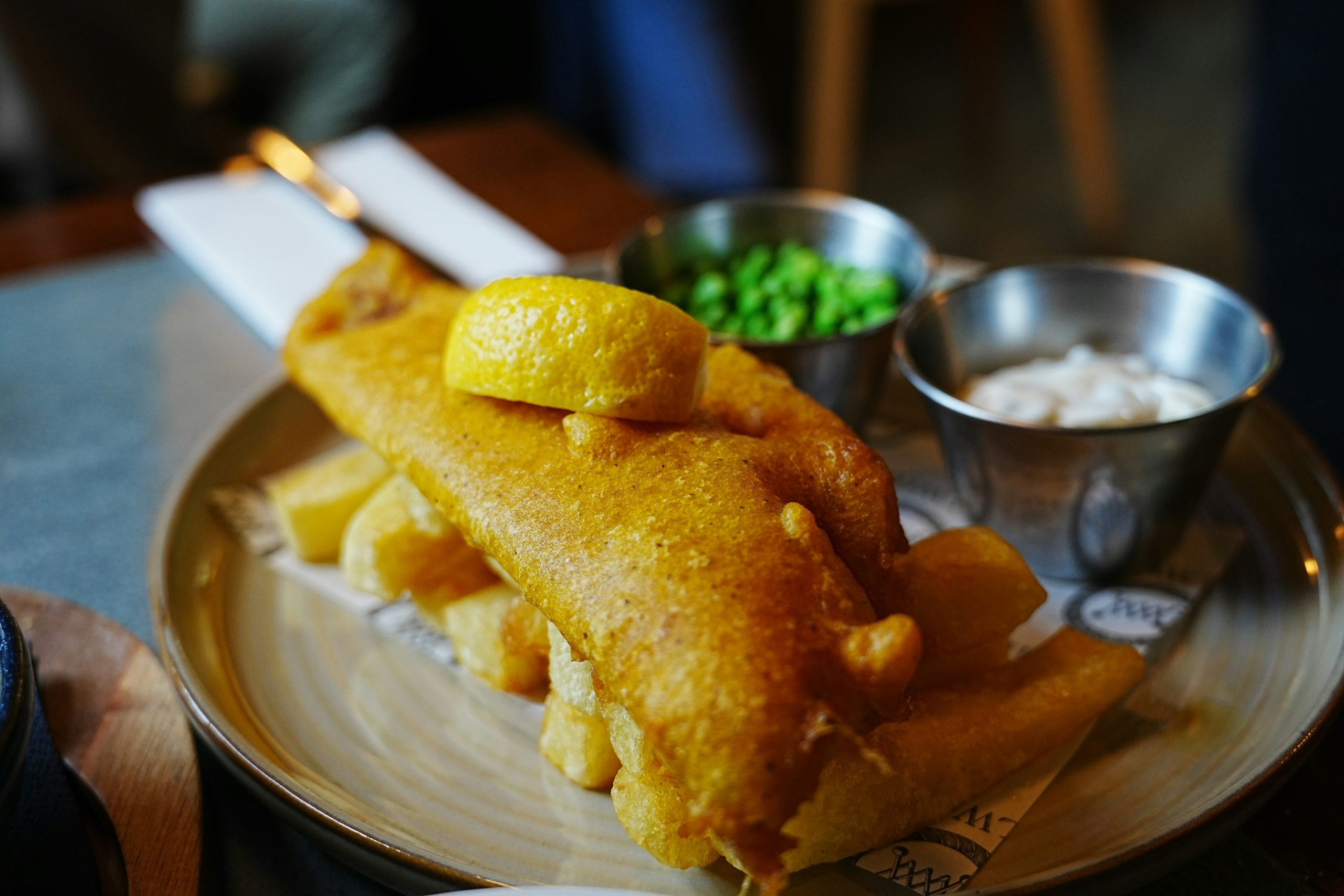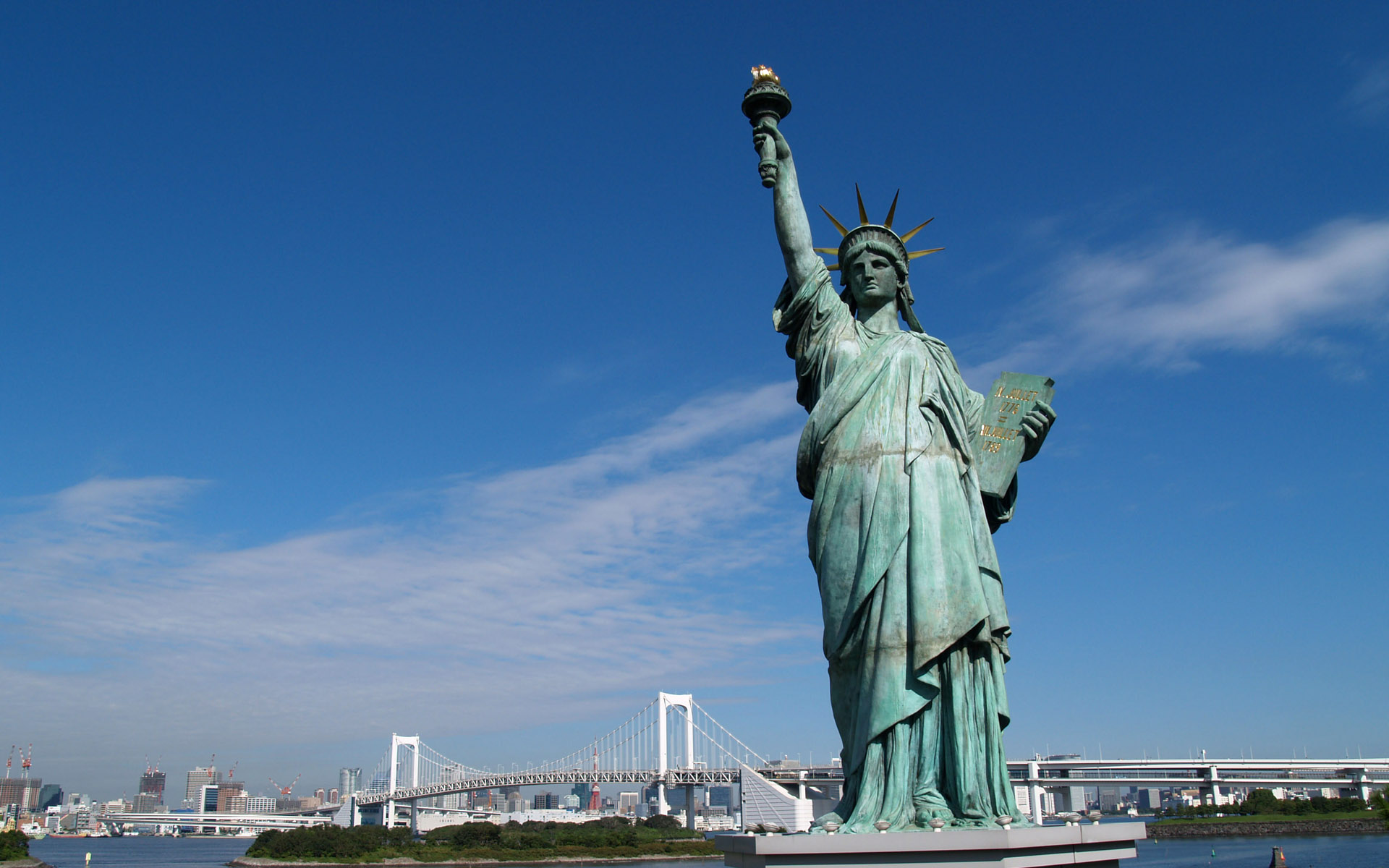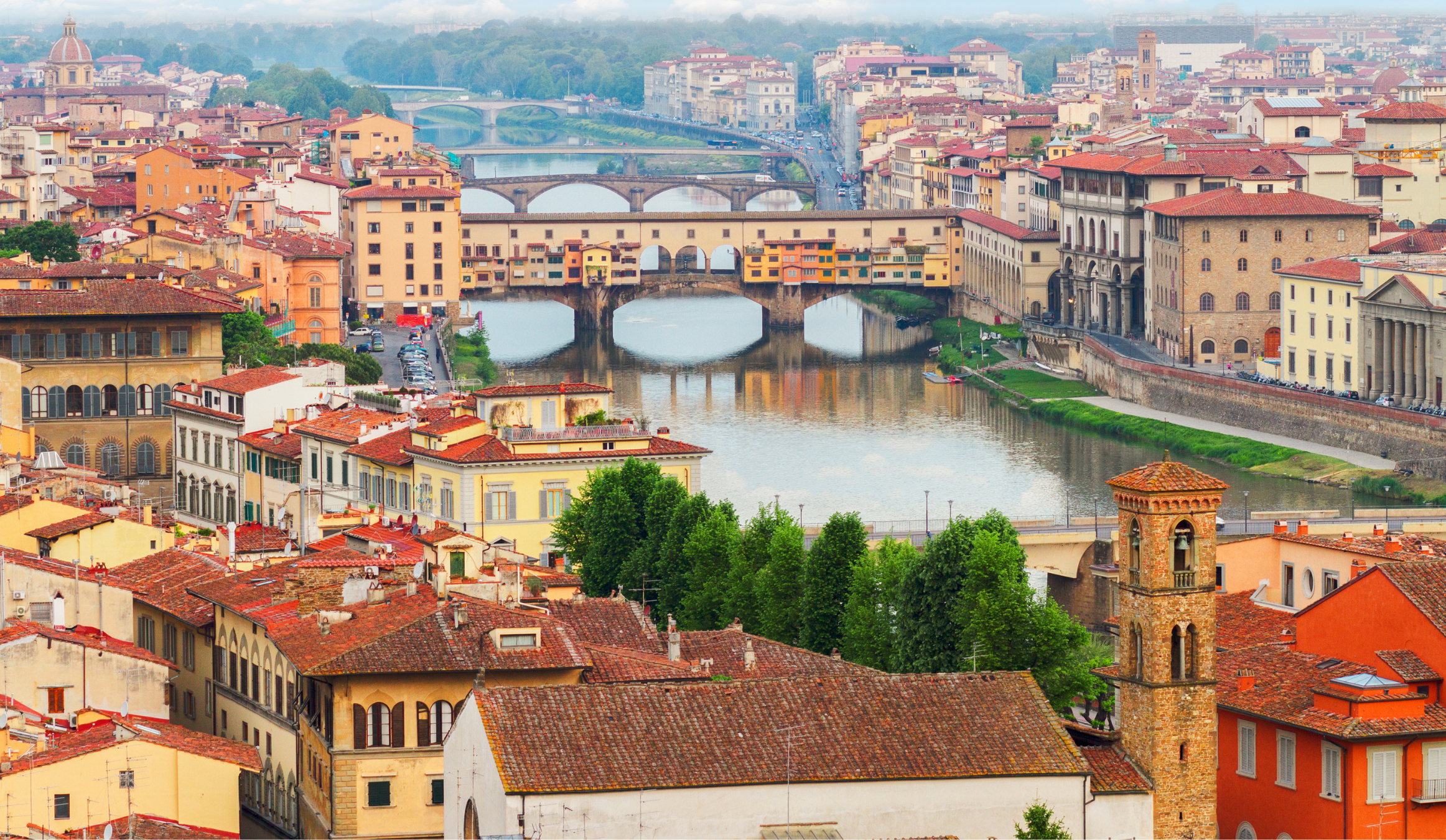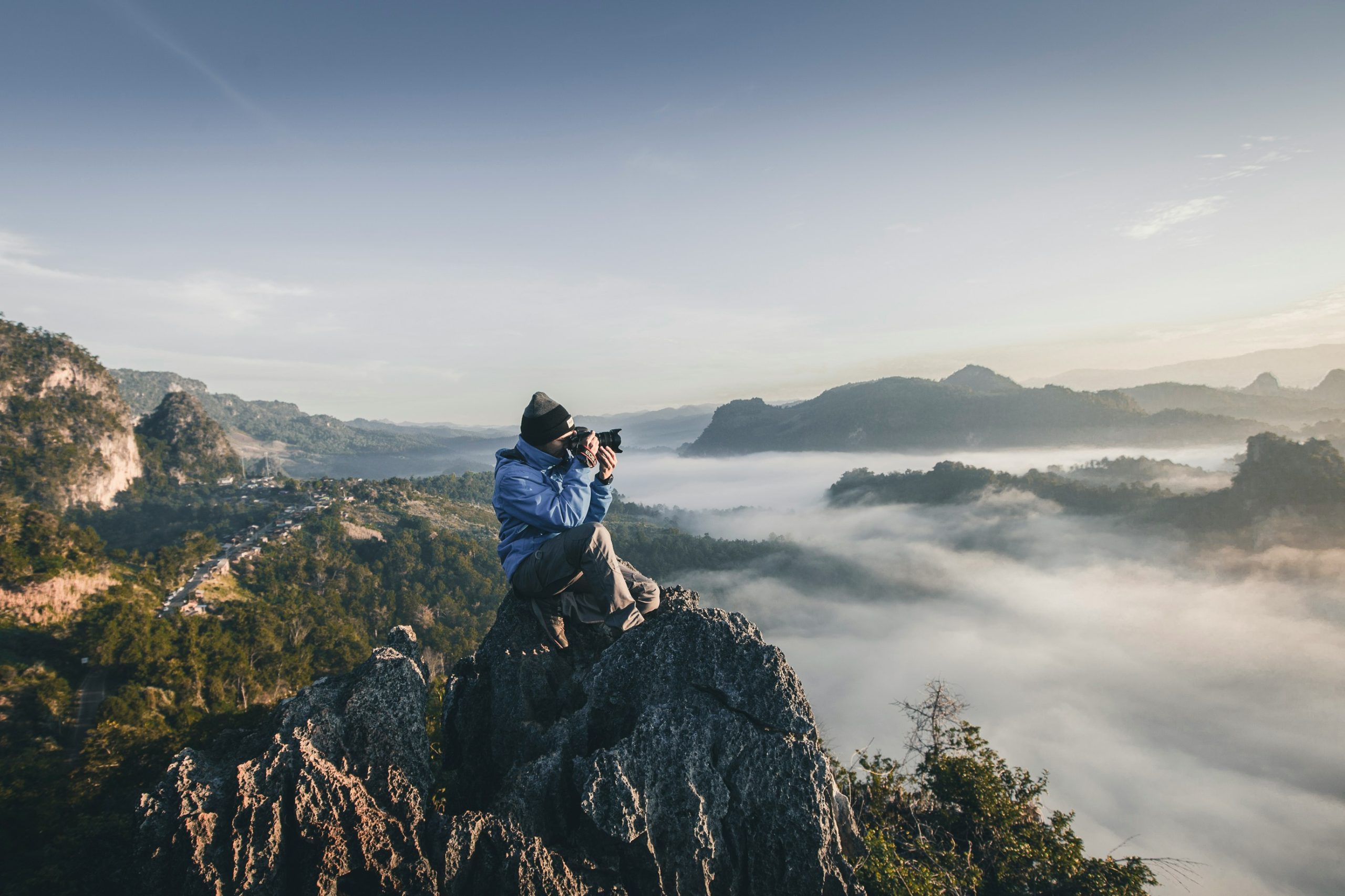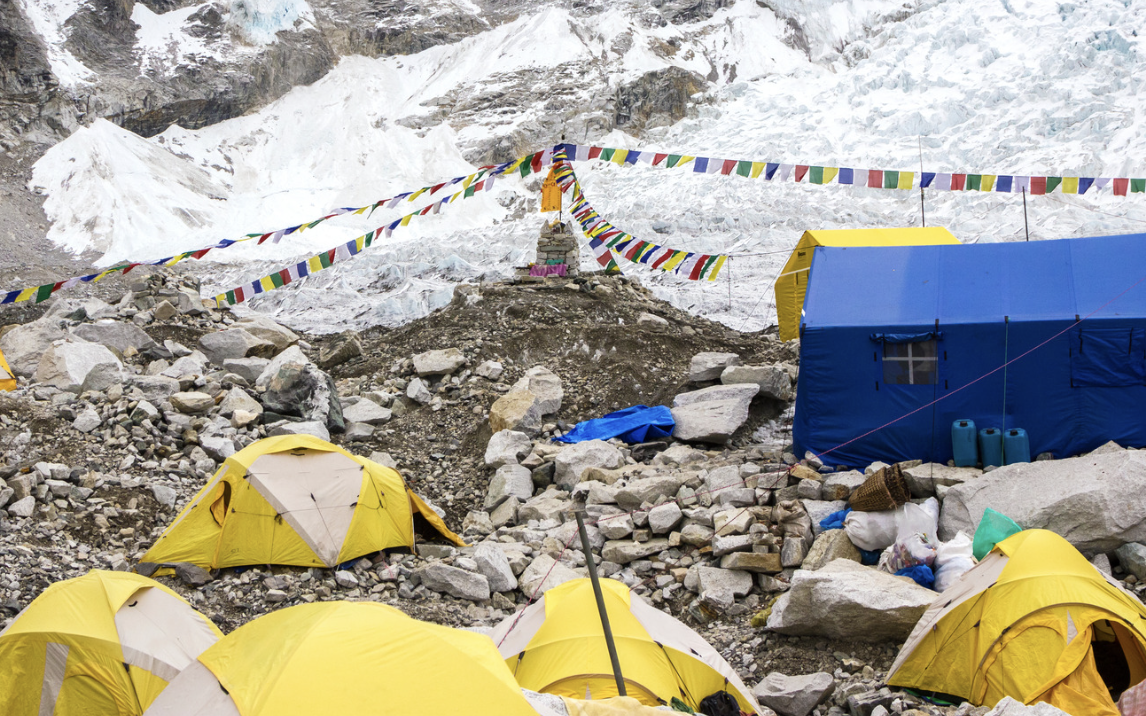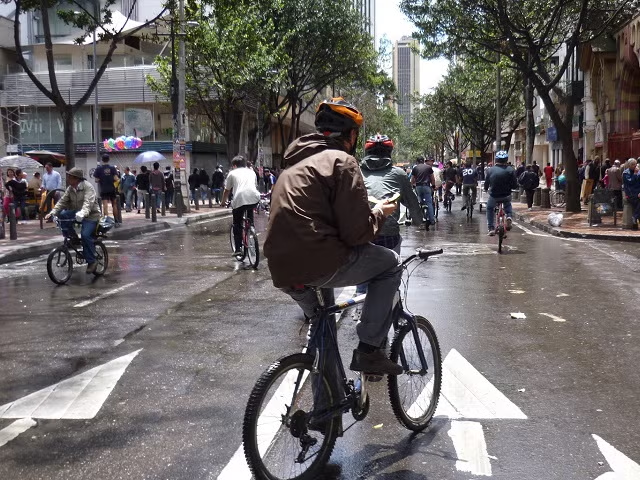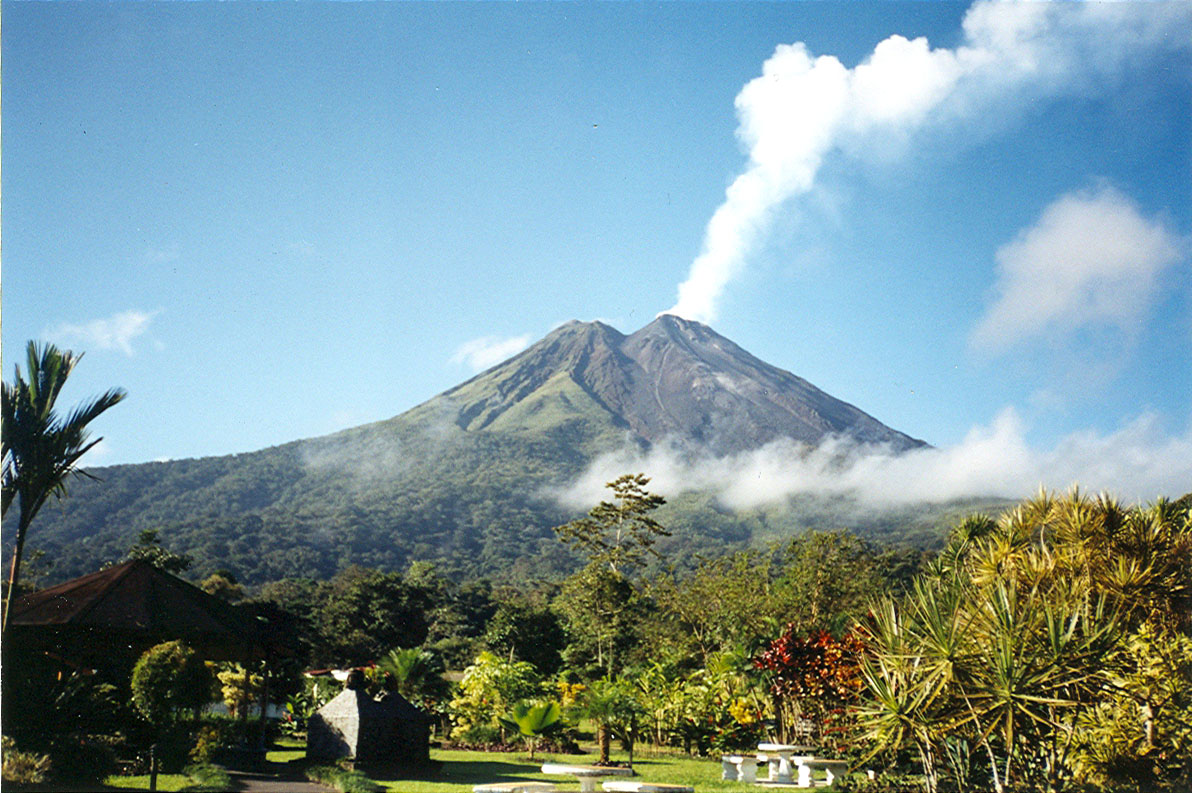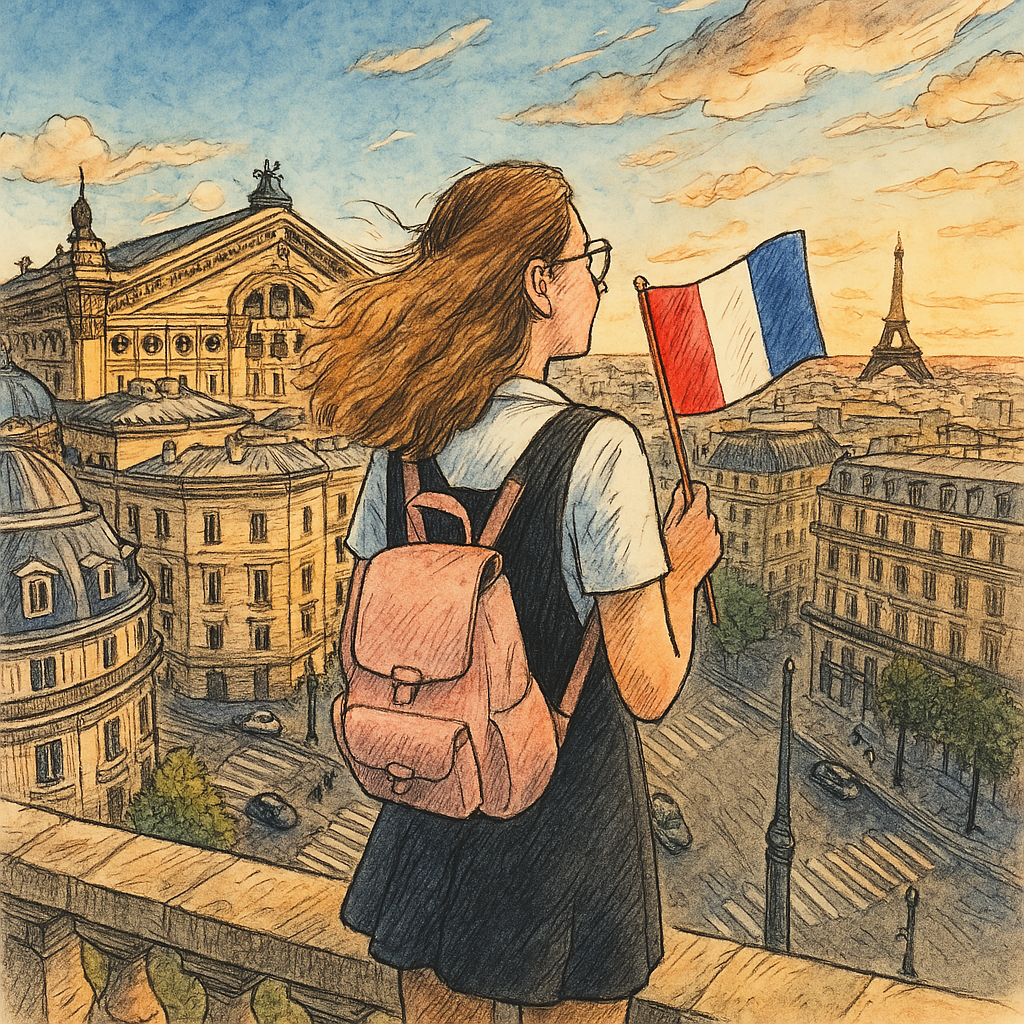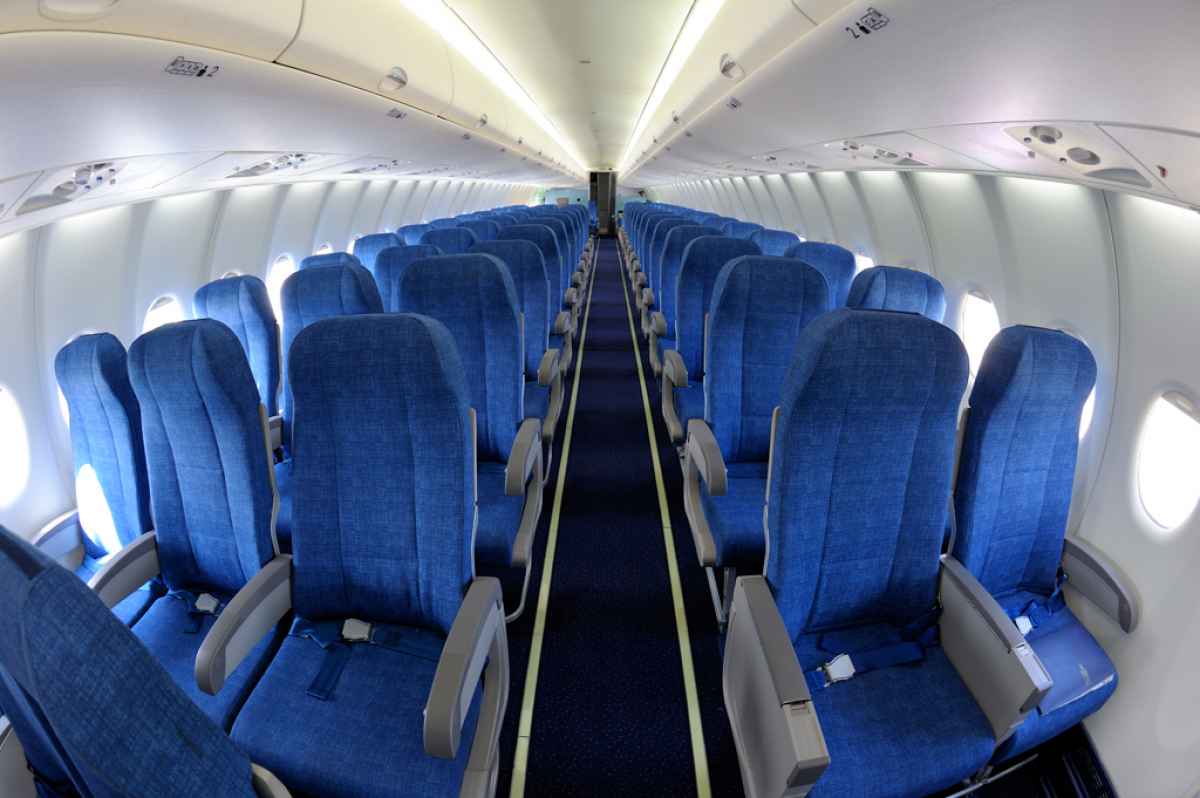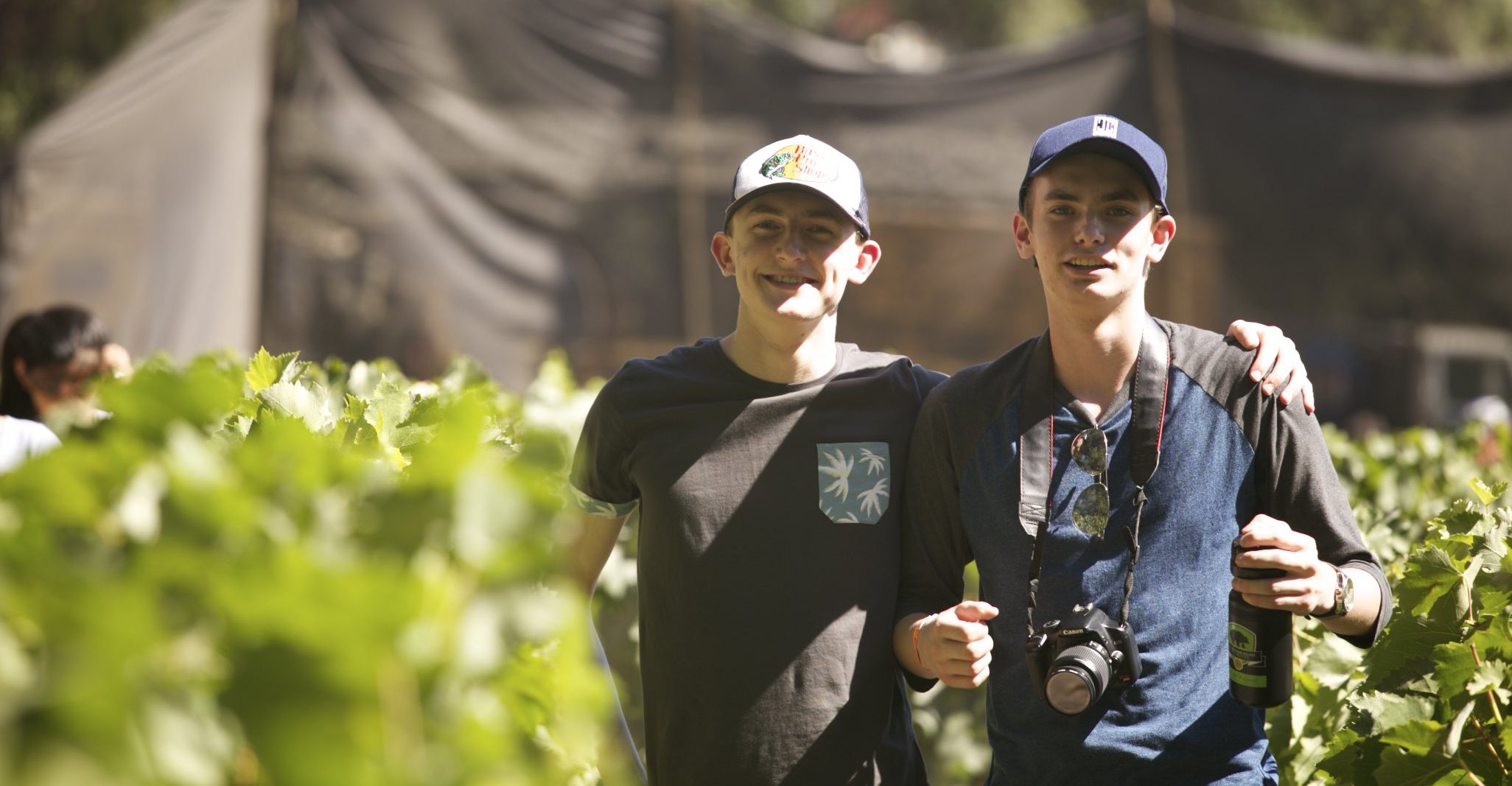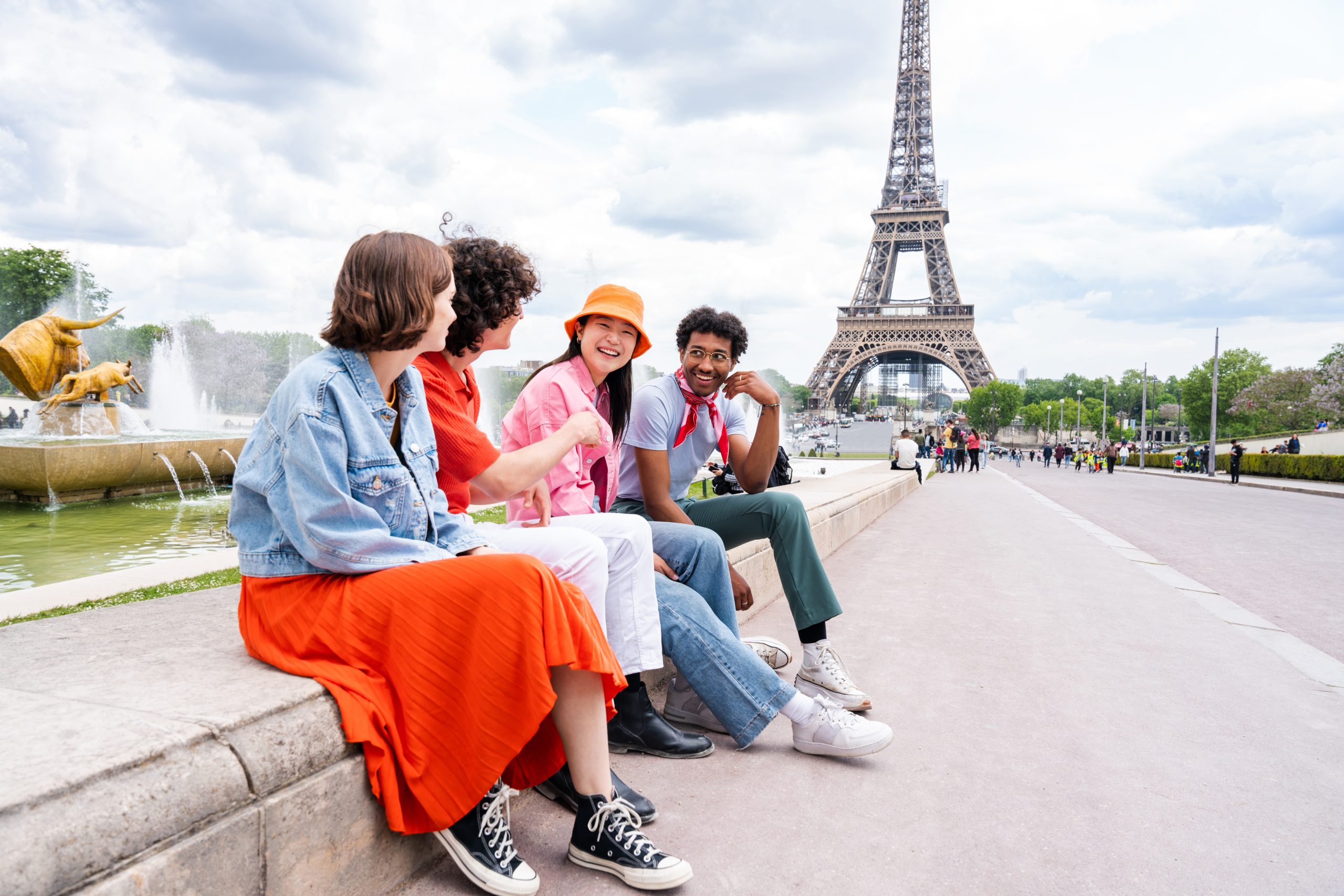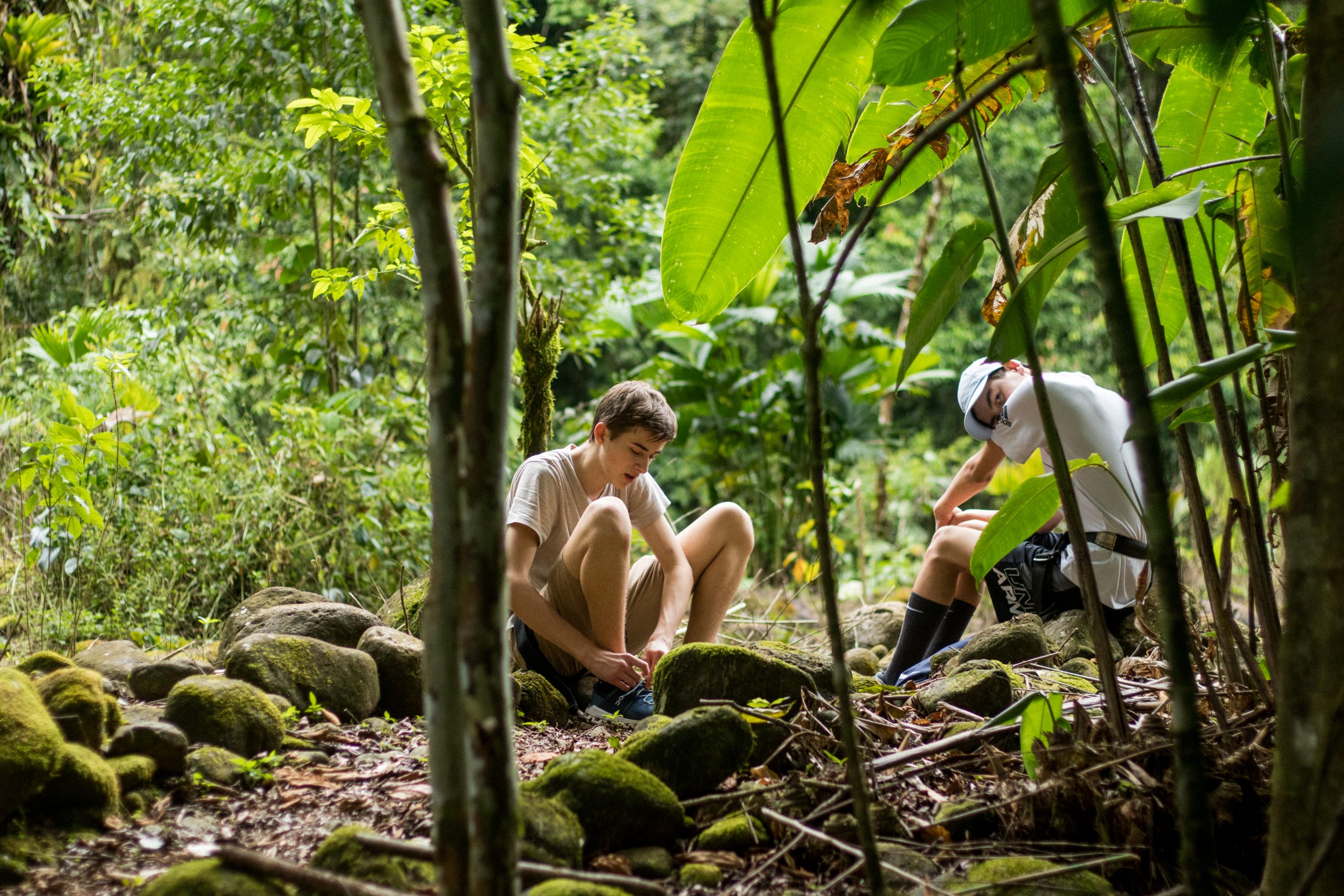Cultural Immersion in Cuba
The goal of this Cuba school trip was for a group of students from Winnipeg, to experience the wonders of
the Caribbean and its people. Cuba is a popular destination among Canadians, but only a
handful of them immerse in the local culture, as they usually choose to vacation in all-inclusive
resorts. We stayed away from that, and put together a trip that inspired the students to shape
the way they will travel in the future.
Most Cubans struggle to make ends meet, but that does not prevent them from feeling proud
of their heritage, and showing their kindness to provide the people who visit the island with an
incredible experience.
Canadians tend to complain about the food in Cuba, and warn their friends and families about
the lack of variety when it comes to the country's cuisine. The reality is that these complainers
could not be farther from the truth, as that was the first stereotype we tore down on this
fantastic tour. The culinary experience was phenomenal; from the very get go, everyone was
pleasantly surprised by the freshness of the ingredients and how tasty the food was. The island
welcomed us with a rich lunch that consisted of lobster, crab, fish, plantain, rice, salad, natural
fruit juices, and an array of grilled vegetables.
Throughout the school trip we got to learn about how other cultures have influenced the local cuisine.
People from restaurants, hostels, and family homes cook from the heart. The students even
had the chance to work as a collective, under the guidance of a local chef, to help make one of
the country's most famous dishes: Caldosa; a hearty soup made with root vegetables, meats,
spices and a great variety of vegetables. The soup was slowly cooked over an open fire made
with wood, while we enjoyed the majestic view of the mountains of Viñales. It was
breathtaking.
Our local tour guide, Oscar, made sure we were in tune with the country's history while walking
the streets of Old Havana, and watching the cañonazo de las 9; a ceremony that recreates a
military parade that started in the colonial period, that concludes with the firing of a salvo from
one of the cannons, right at nine o'clock at night. This ceremony has taken place every single
night for the past 300 years.
We interacted and danced salsa with local instructors, snorkeled at the Cave of Fish, swam in
pristine beaches in Cayo Jutía, appreciated the arts in Fusterlandia, visited an orchid haven, a
coffee and a tobacco plantation, waterfalls, castles, and even a crocodile farm.
We were mesmerized by the kindness of the Cuban people. No matter where we went, we felt
looked after and special. The most humbling lesson the group learned, was on the way to the
beach when we stopped for a washroom break; the place was closed but I saw a lady standing
in the porch of a run-down house. When I approached her and started explaining the situation,
she offered her place so students could use the washroom even before I asked. Despite the
poor conditions of the house, and her worn-out clothes, she did not accept the money we
wanted to give her as a token of appreciation for her kind gesture.
The students, the guide, the drivers, and myself, knew that she could have used the money, but she said we are all human
beings and we are supposed to help one another without expecting anything in return. The students were all moved by her generosity. This was a great lesson for them to appreciate
the simple things in life, and to value what they have in Canada. Despite all the hardships that
Cubans endure, you never hear them whining about their situation; they celebrate, share, and
laugh at the adversities that life throws at them. If the rest of the western world had the same
outlook in life, we would surely be happier people.
I cannot wait to bring more school trips to Cuba and continue exploring such wonderful piece of
paradise on earth.
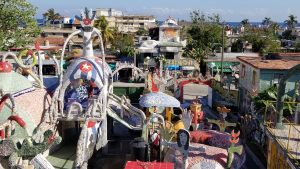
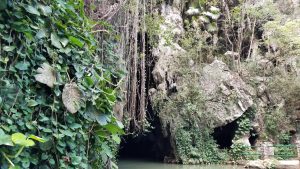 Check out our Cuba school trips here.
Written by: David Mendoza
Check out our Cuba school trips here.
Written by: David Mendoza

 Check out our Cuba school trips here.
Written by: David Mendoza
Check out our Cuba school trips here.
Written by: David Mendoza 
